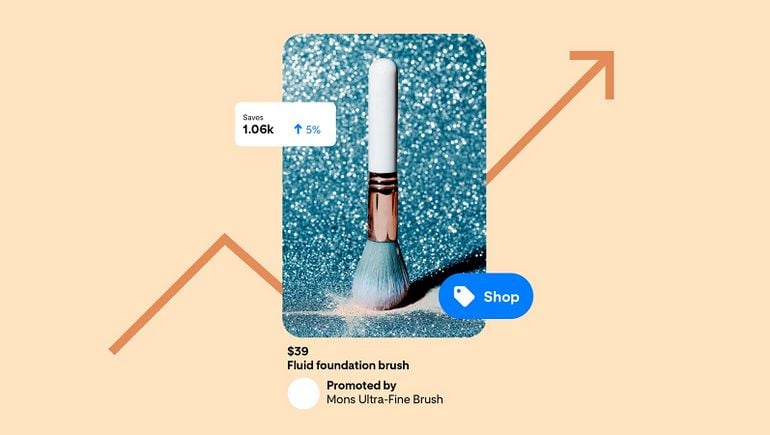Meta’s planning to update its approach to ad campaign measurement and attribution, in order to better link your Meta ads to conversions, while also giving Meta more data points to work with to optimize campaigns.
Coming in the second half of the year, Meta’s announced a range of ad optimization and integration options, which could have a significant impact on performance measurement.
As per Meta:
“As part of our ongoing work to build AI-enabled automation solutions that allow any business to grow, we are evolving our ads system so that the results we drive are more customized to each business’ objectives and the way they measure value, in whichever external analytics tools they use. To start, we are rolling out a few new ways for businesses to customize their campaigns by more precisely communicating what they value, while also making improvements to our ads system to deliver more of that value.”
In other words, Meta wants to better reflect how its ads are benefiting your business, while also plugging in more external data inputs to improve its performance.
First off, Meta’s expanding its test of a new feature called “Conversion Value Rules.”
“Businesses can use this feature to express which audiences or conversions they value more or less, which we plan to then use to better optimize their campaigns. For example, an advertiser may determine that certain customer segments have 30% higher lifetime value and are willing to pay more to reach these customers. Previously, they would have to segment these customers into a separate campaign, but with this new feature, they can define a higher bid for just these customers without having to create a separate campaign, enabling greater automation and performance.”
It’s another element of Meta’s improving ad targeting system, which enables optimized targeting based on certain signals within Meta’s system. That means less manual determination from your end, with Meta now able to better separate different users based on a broader set of attributes.
Meta’s also planning to roll out a new opt-in attribution setting which optimizes for incremental conversions.
“This is in contrast to optimizing for volume, which focuses on driving as many total attributed conversions as possible. This setting is designed to shift ad delivery to specifically focus on driving more of those incremental conversions. When we tested this in an experiment earlier this year, advertisers saw an average improvement of more than 20% in incremental conversions.”
So the option aims to better highlight Meta ad effectiveness, by showing you how Meta ads more specifically influenced each conversion, as under Meta’s definition, these incremental conversions would not have occurred had these users not seen your ad.
Finally, Meta’s looking to integrate data directly from your CRM in order to give its ad system more insight for targeting.
“Starting now and continuing into 2025, we plan to introduce the ability for businesses to connect their analytics tools directly to our ads system through a simple API setup. We plan to start with Google Analytics and Northbeam, and we hope to expand this to Triple Whale and Adobe soon.”
This will enable advertisers to share more insight into campaign performance, which Meta can then use to train and improve its ad targeting systems in more specific alignment with your business goals.
“Over time, our AI models will be able to use this data to help fine tune campaign optimization, which we believe will lead to improvements in the overall value of conversions we deliver.”
These are some interesting improvements, which could significantly improve your Facebook and IG ad attribution, and both clarify purchase journeys, and optimize ad targeting, through expanded, integrated ad data measurement.
Of course, the proof will be in the results you get, but these updates are another step towards maximizing Meta’s automated targeting options, which, eventually, will see advertisers able to create campaigns by simply adding a product URL, and letting Meta’s processes do the rest.












